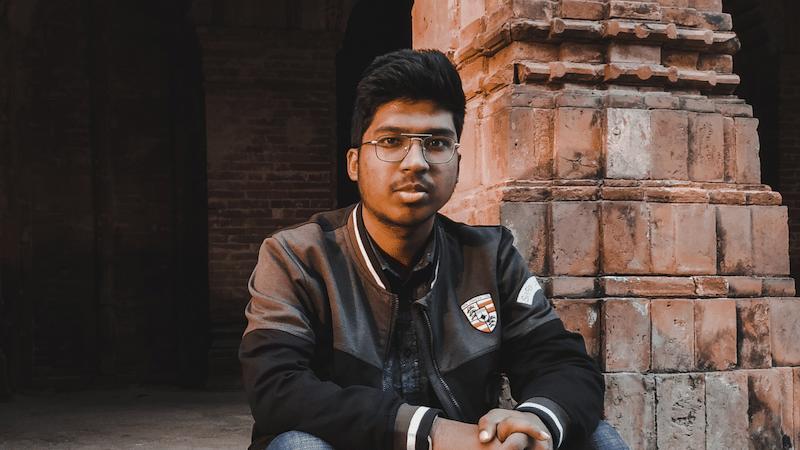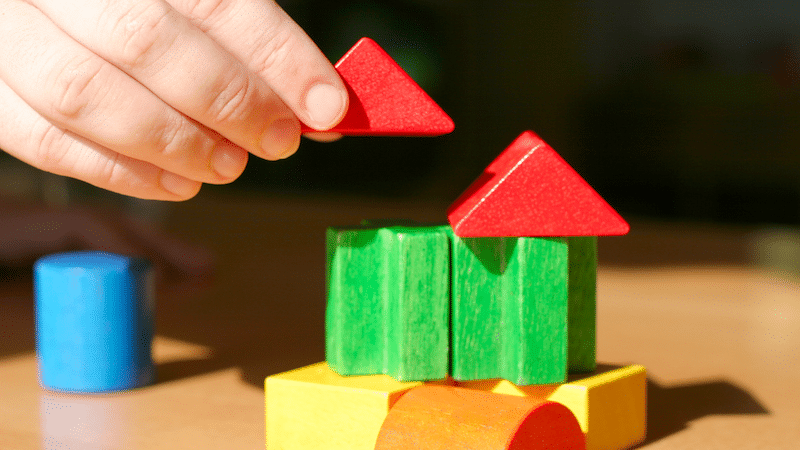What is a Bystander?

A bystander is anyone who witnesses an event/incident happen. Bystanders can observe a variety of situations, ranging from a minor disagreement to serious emergency. Their actions–or inactions– significantly affect the outcome of the situation.
Understanding the Bystander 1
The Bystander Effect
The bystander effect is a social phenomenon where people do not intervene in a social situation because they believe someone else will intervene. Often, the more people who witness an incident, the less likely someone will intervene. This effect can be particularly prevalent in crowded parties and events/gatherings, where the responsibility is diffused among all witnesses. There are different types of bystanders that play a critical role in determining the safety and well-being of others.
Passive Bystanders
A passive bystander is a person who witnesses something but does not take action. They may choose to ignore the situation entirely, either out of fear, indifference, or uncertainty about what to do. For example, at a college party a student notices their peer who appears extremely intoxicated, stumbling and slurring their speech. Despite recognizing that the person might need help, the bystander decides not to intervene, thinking that someone else at the party will help them. Unfortunately, no one intervenes, and the intoxicated student ends up in a dangerous situation.
Active Bystanders
An active bystander is anyone who takes action to prevent a harmful event or incident from escalating or continuing. Their intervention can range from directly assisting to seeking help from others. For example, out at a bar you see a woman being harassed by another person sitting at the bar. The woman looks very uncomfortable and closed off. The bystander approaches the woman and tells the woman her friend was looking for her and escorts the woman to a safe area, away from the harasser.
Proactive/Prosocial Bystanders
Proactive/Prosocial bystanders are those who not only intervene in a potentially dangerous situation but also take steps to prevent scenarios from occurring. They work to create a safe environment and promote awareness. For example, a group of friends are going to a large festival and decide to use the buddy system and assign each friend a buddy they will stay and watch out for throughout the festival. Additionally, all the friends share their phone location with each other and the friends identify a designated meeting space to go to at the end of the festival.
By understanding the bystander effect and promoting active, or taking proactive measures can significantly impact the outcome of a situation. Through education and awareness, people can learn to recognize the importance of taking action when necessary. This can create a safer and more enjoyable environment for everyone.
Learn more about Bystander Intervention with our free Bystander Intervention Course on PAVE University.
Sources
- Hamby, S., Weber, M. C., Grych, J., & Banyard, V. (2016). What difference do bystanders make? The association of bystander involvement with victim outcomes in a community sample. Psychology of Violence, 6(1), 91–102. https://doi.org/10.1037/a0039073



